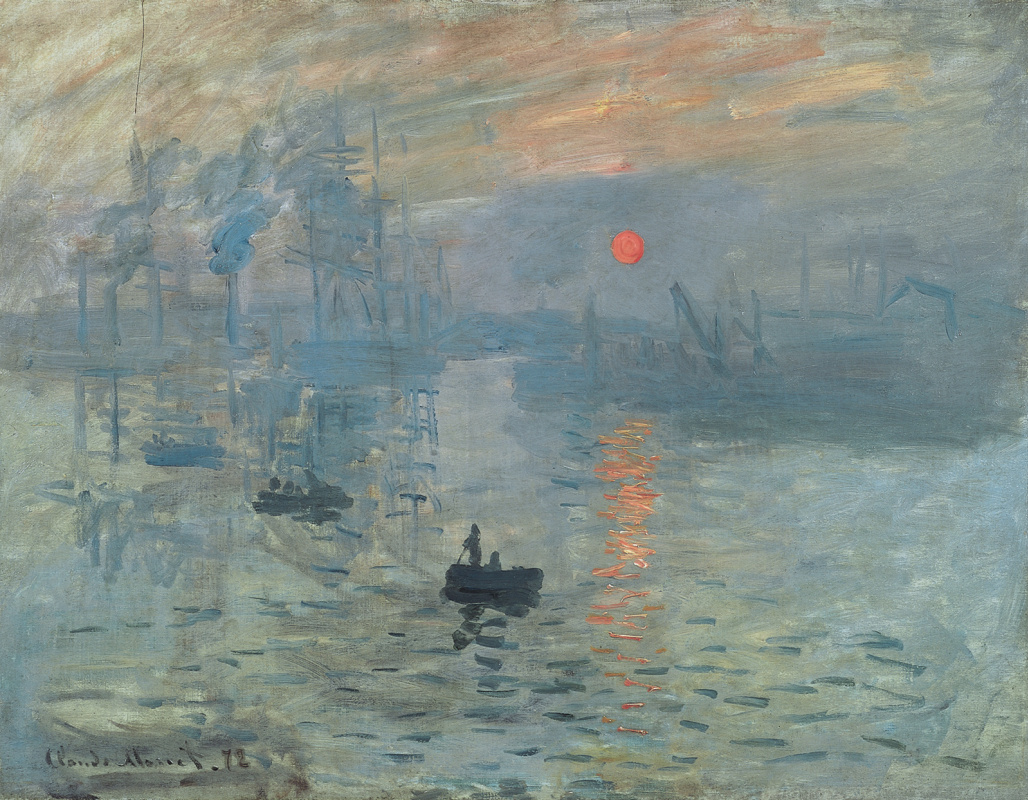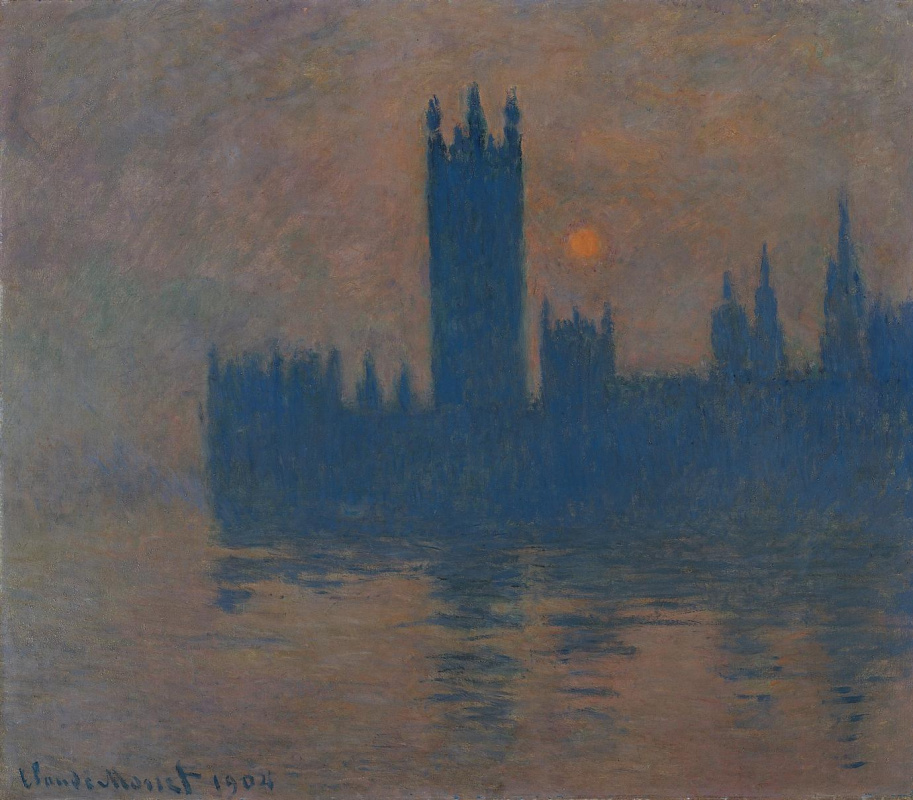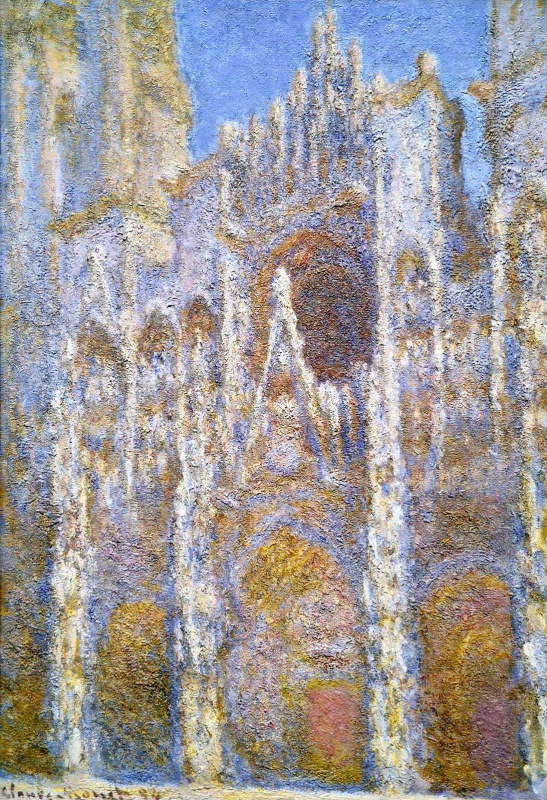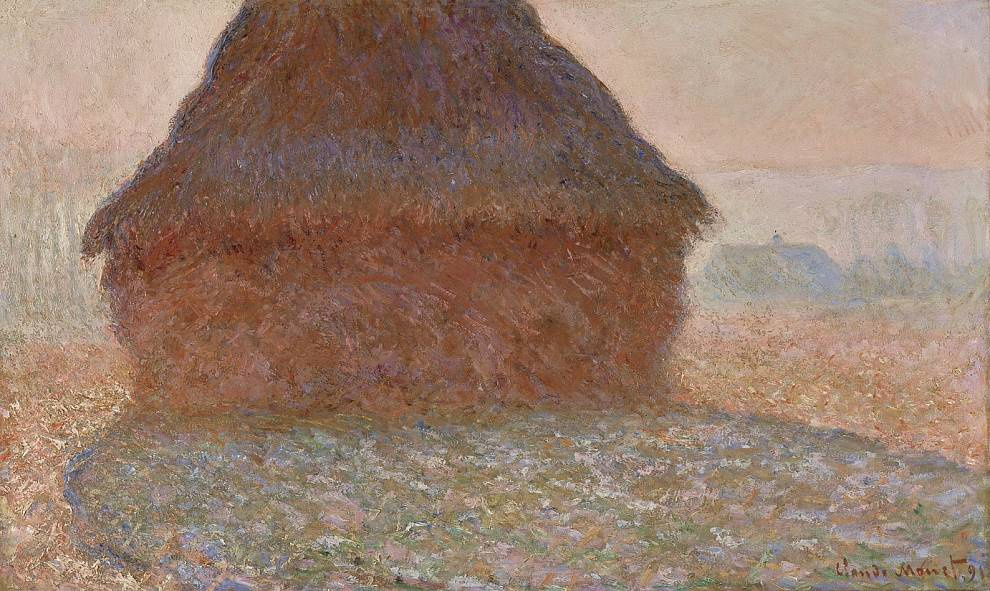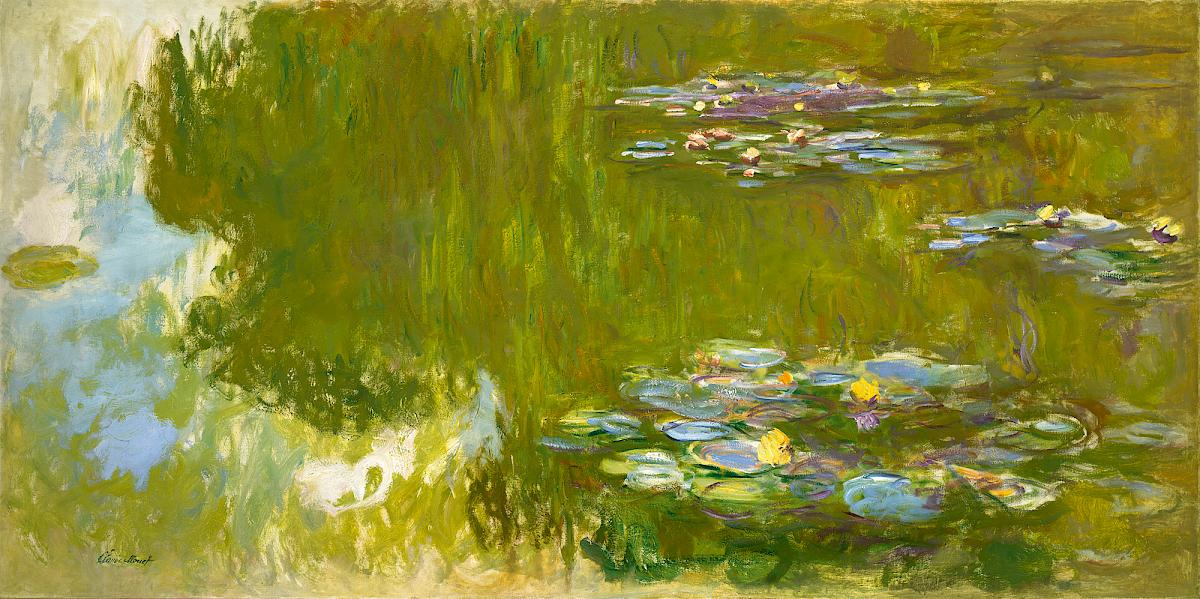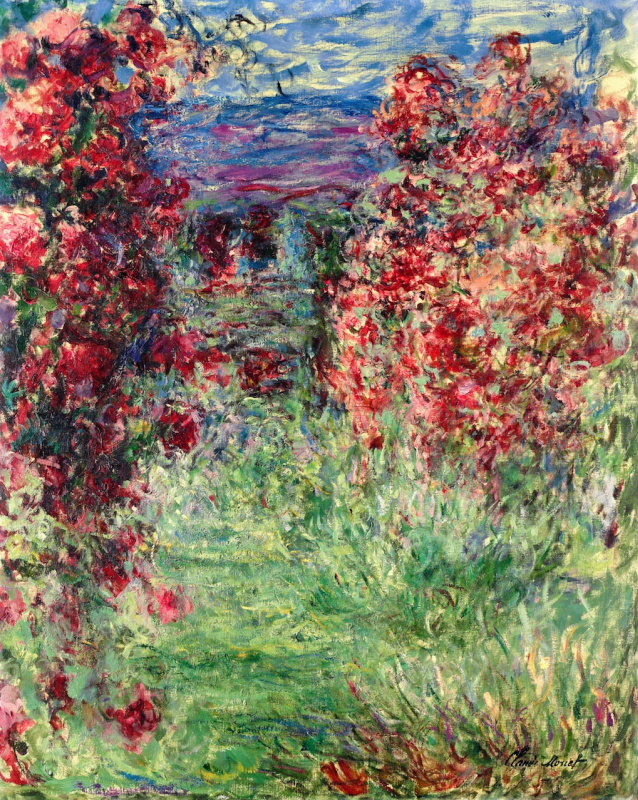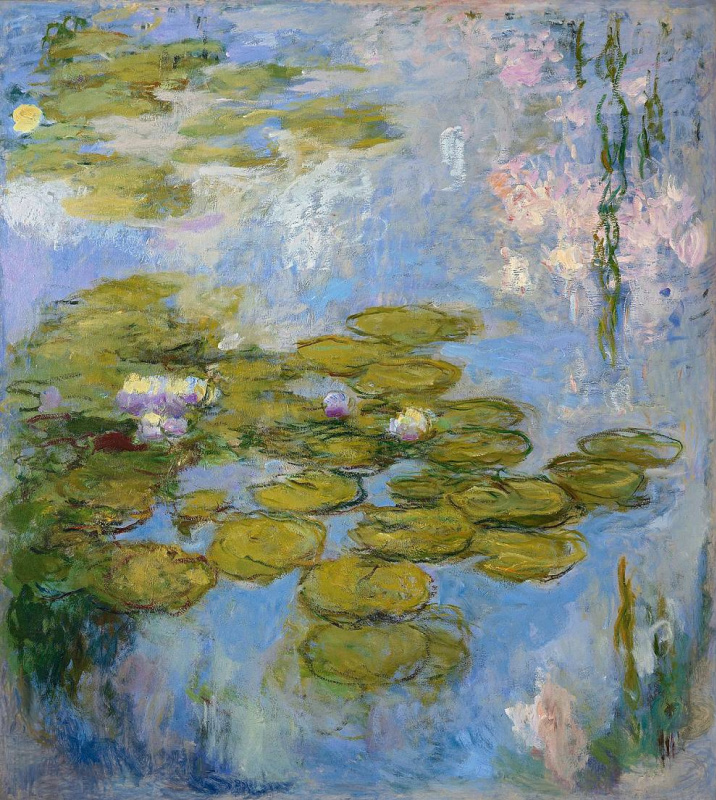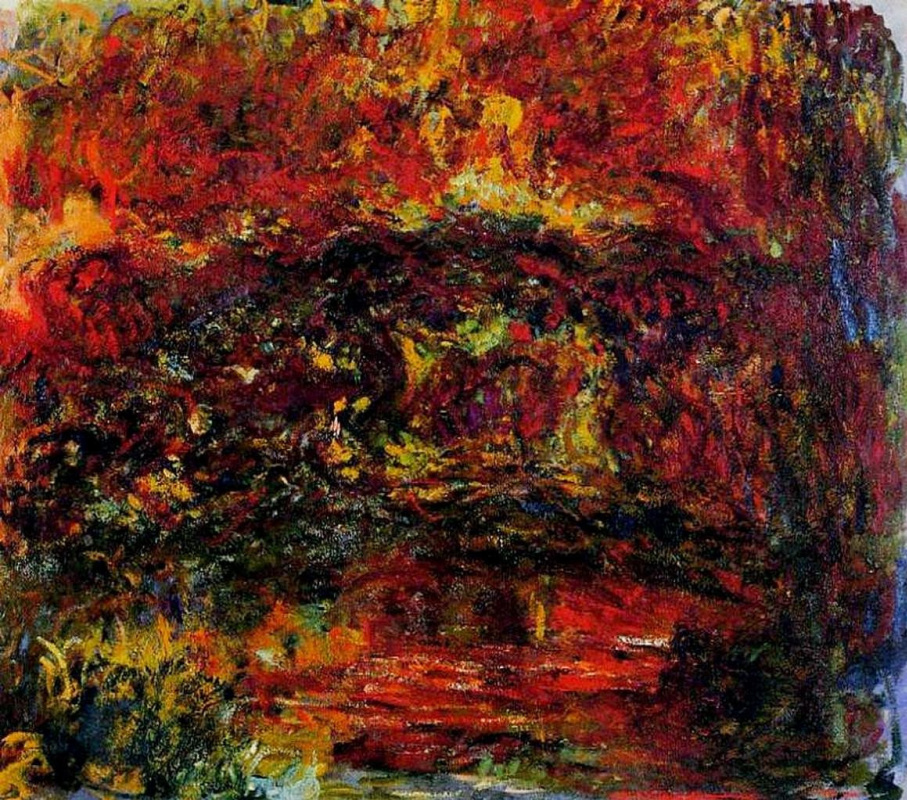The major exhibition "Claude Monet" was opened on September 21, 2018 in Albertina Museum, Vienna. Monet’s artworks on display illuminate a chronology: the revolution from Realism
to Impressionism and onward to a mode of painting in which colors and light gradually separate from the subjects that reflect them, with the motif breaking free from mere observation of nature. These works of Monet paved the way for Abstract Expressionism
in painting, long after the artist’s death.
This exhibition is realized with the generous support of the Musée Marmottan Monet, Paris that presented nearly 100 paintings. The others were loaned from international museums and private collections.
This exhibition is realized with the generous support of the Musée Marmottan Monet, Paris that presented nearly 100 paintings. The others were loaned from international museums and private collections.
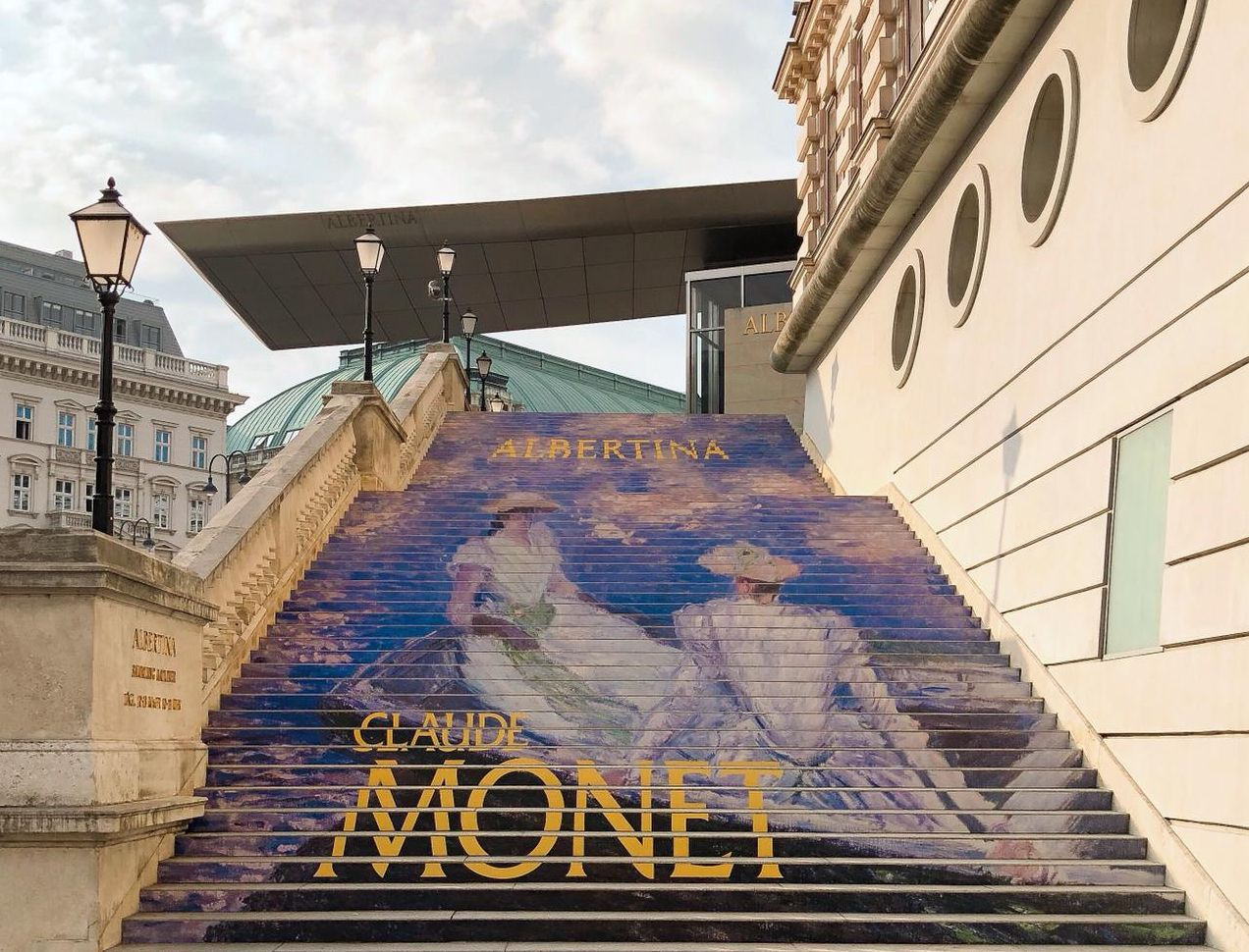
Albertina proudly notes that this is the first major Claude-Monet exhibition in Austria for over 20 years.
Claude Monet (1840−1926) was called a French "Master of light". He stands like no other artist for the Impressionist style. The focus is on his passionate exploration of the landscape along the Seine, the coasts of France and the motives of his garden in Giverny, with water surfaces in his paintings reflecting the vivid colors of lush vegetation in his summer landscapes and the mysterious grey and blue fog in his winter ones.
Claude Monet (1840−1926) was called a French "Master of light". He stands like no other artist for the Impressionist style. The focus is on his passionate exploration of the landscape along the Seine, the coasts of France and the motives of his garden in Giverny, with water surfaces in his paintings reflecting the vivid colors of lush vegetation in his summer landscapes and the mysterious grey and blue fog in his winter ones.
Curated by Heinz Widauer, the exhibition is strictly chronological. Already in the first room are two paintings side by side, the opposite of Monet’s meditated revolution in art history should be evident: painted in 1867 and borrowed from The Hague, "The Quai du Louvre" shows in realistic details that is only in urban development Paris, on the other hand, "Boulevard des Capucines", painted six years later, after coming to Vienna from the Pushkin State Museum of Fine Arts, Moscow, was a beauty in its sketchiness and volatility for all who wanted to know exactly what was painted. The painting is an orgy of light, surface and blur.
"Sketchy! Illegible! Half finished!" — the art criticism was anything but enthusiastic, when Claude Monet abjured the realism
end of the 1860s. He painted like no other of his contemporaries: fast, at the scene, right in front of the subject. And he drew his motives and themes not from history, mythology or literature, but from his immediate presence. Thus, Monet gave a radical rejection of academic painting, which was unacceptable to the art critic and the audience of his time. His art is mockingly referred to as the title of his painting "Impression. Sunrise" initially as Impressionism, later to the namesake of the famous style. Today, Monet is considered the central pioneer of 20th century painting. His now world-famous works have changed the viewing habits of generations of artists.
Impression. Sunrise
1872, 48×63 cm
But Monet did not care about the floating world. "He is a painter who turns behind the big events and only turns to nature," explained Albertina Director Klaus Albrecht Schröder in advance. His private crises during the decade before his breakthrough can be traced only in the constant change of housing, where he sought protection from his creditors. Even in the secluded Giverny, he initially rented only a small press house before expanding the studios and gardens complexes to today being reconstructed and visited by more than 600,000 people annually pilgrimage.
"You can almost drag the entire exhibition along a water", Schröder said. In Vetheuil, the Seine is present in the paintings, although it is not deliberately displayed. In many winter pictures, Monet shows how differentiated snow can be.
"You can almost drag the entire exhibition along a water", Schröder said. In Vetheuil, the Seine is present in the paintings, although it is not deliberately displayed. In many winter pictures, Monet shows how differentiated snow can be.

Claude Monet. The Church at Vétheuil, Snow, 1878−1879.
Musée d’Orsay, Paris.
Musée d’Orsay, Paris.
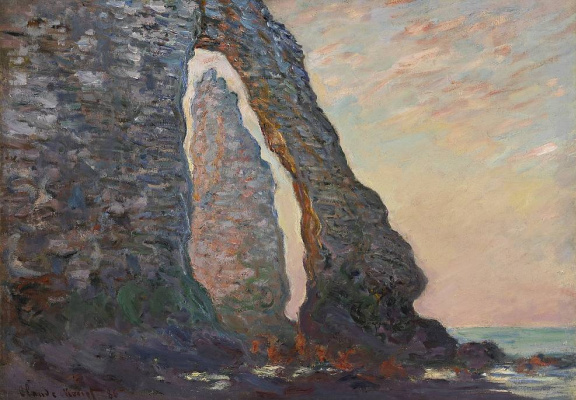
After a room where you meet the steep cliffs of Normandy, you turn to the less and less traveling loving artist, who returns to the same motive to keep it under different lighting moods. The series of paintings of a Creuse, the British Parliament or Rouen Cathedral, where the color representations "autonomy of the means increase autonomy" (Schröder), are among the highlights of the exhibition, which have some surprises to offer.
Left: Claude Monet. The Rock Needle Seen Through The Porte d’Aval, 1886, oil on canvas. National Gallery of Canada, Ottawa.
After all, there is still an impressive final word: after a few examples of the world-famous water lily paintings (including one from the Batliner collection), the visitors also can find some paintings of the House among Roses or the Japanese bridge, painted by almost blind, over 80-years-old painter. The colors become dark, autumnal, the surfaces increasingly replaced by lines. The connection dissolves. "Comparable with the late work of the deaf Beethoven", these ones were become known only after Monet’s death, said Schröder. They clearly point to the next epoch of art history, the abstract expressionism
of Jackson Pollock, Mark Rothko, Barnett Newman, or a Joan Mitchell.
Claude Monet in Albertina will be on view until 6 January 2019.
Based on materials from official Albertina Museum site.
Title illustration: Albertina Museum stairs, official page on Twitter.
Source: https://twitter.com/albertinamuseum
Title illustration: Albertina Museum stairs, official page on Twitter.
Source: https://twitter.com/albertinamuseum






